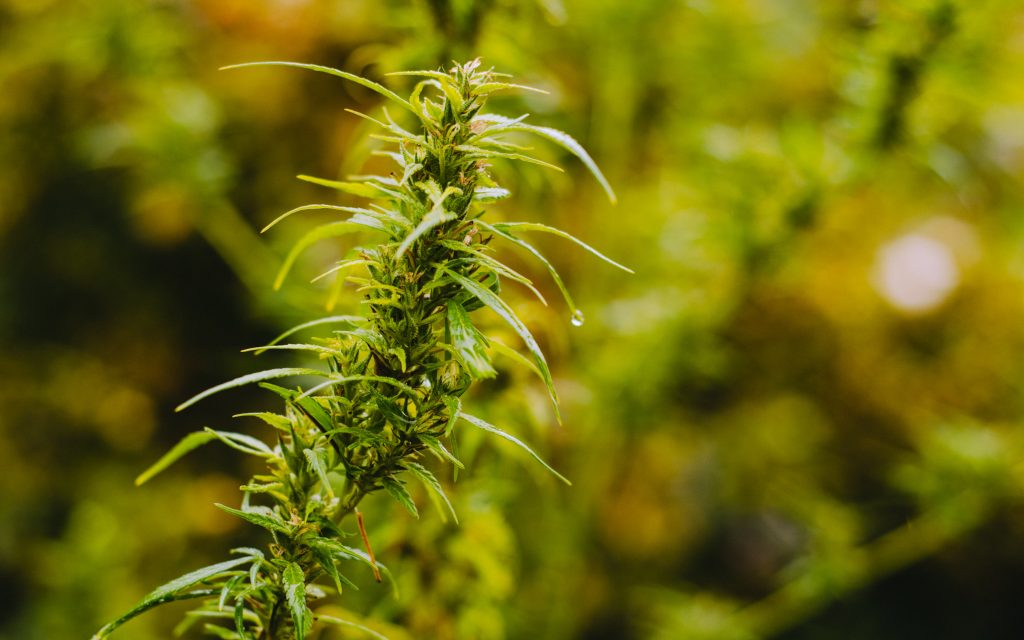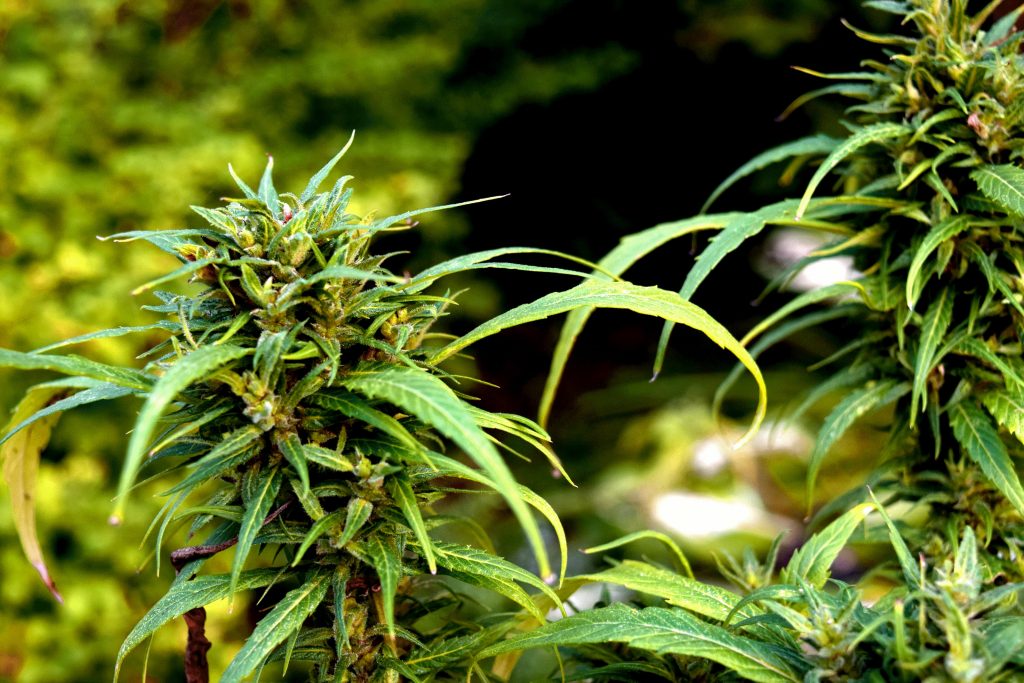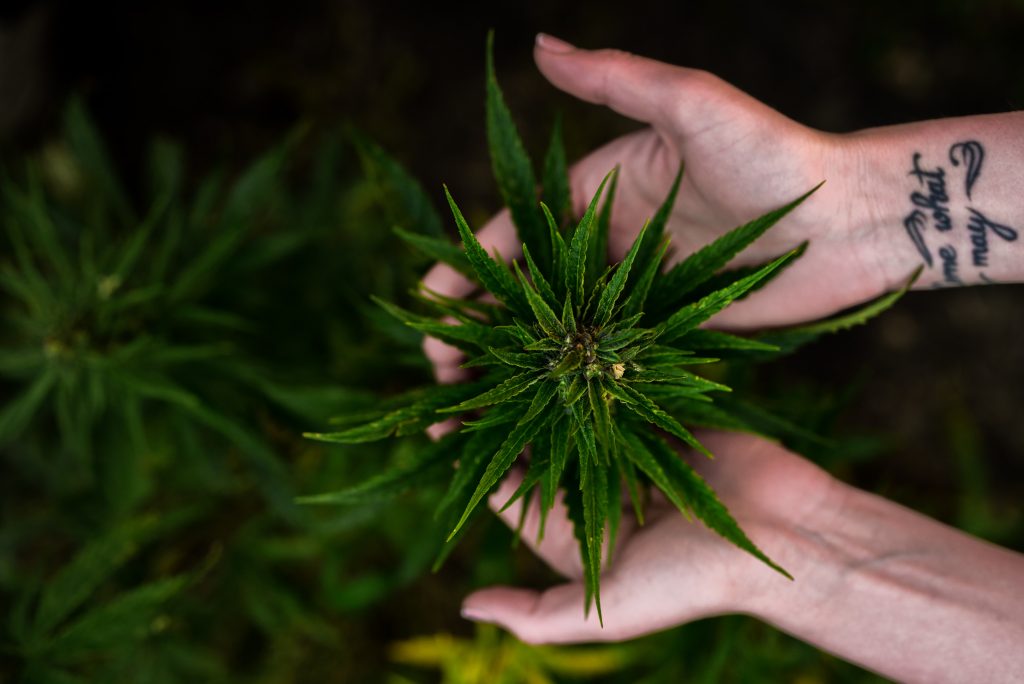Strain Hybrids: Is Anything Really Actually Just “Indica” Or “Sativa?”
The idea that strains can be boiled down to being “Indica,” “Sativa,” or Hybrid has probably been a major deciding factor when you buy cannabis. It must be true right? Otherwise, dispensaries and licensed retailers wouldn’t use such a system. But is anything really actually just “Indica” or “Sativa?”
If you’re unfamiliar with these terms, I’ll break it down for you.
- Indica Strains are relaxing, and physically sedating. They’re something you want to consume when you’re looking to relax and unwind.
- Sativa Strains are energizing and uplifting. They’re typically accompanied by cerebral effects that pair well with productivity and social gatherings.
- Hybrid Strains are a balance of both Indica and Sativa effects.

The idea that these three distinct varieties provide different effects is deep-rooted in cannabis culture. In reality, by looking at the chemical “ingredients” that make up Indicas and Sativas – cannabinoids and terpenes – there aren’t clear patterns to explain why one type would be uplifting while the other is sedating. The only clear distinction we can make is that they look different. Indica’s grow shorter in stature and have shorter flowering cycles, whereas Sativa’s grow taller and have longer flowering cycles. Although these differences are only useful to cannabis growers, as they help identify how the plant should be cared for. What really distinguishes effects between different strains are cannabinoids and terpenes.
- Cannabinoids are chemical compounds secreted by cannabis flowers. Compounds unique to cannabis, they bind to receptors in the human body. When you smoke weed, they are responsible for providing different effects such as pain relief or drowsiness. Both CBD and THC are cannabinoids. They work by imitating compounds our bodies naturally produce, called endocannabinoids.
- Terpenes are aromatic oils that provide different cannabis varieties with distinct flavors such as citrus, pine, and berry. They are secreted by the same glands that produce cannabinoids like THC and CBD. They play a key role in the differentiating effects of cannabis strains. Some might promote focus while others may promote stress-relief.
What this all means is that you could buy an Indica that may energize you or a Sativa that will put you to sleep. Where do hybrids fit into all of this? Well interestingly enough, due to the long history of crossbreeding cannabis strains, most strains referred to as “Indica” or “Sativa” are in fact hybrids with genetics inherited from both subspecies of the plant. In fact, pure Indica or Sativa strains are very rare.

If Indica and Sativa aren’t reliable, what will help me predict the effects of cannabis strains?
The effects of cannabis strains depend on a few different factors, including your unique biological tolerance, the product’s chemical profile, dosage, and consumption method. As we mentioned before, it also depends on the cannabinoid profile and terpenes. We’ll break down the effects of the two most abundant cannabinoids, just to give you an idea of how it works.
- THC (9-tetrahydrocannabinol) is the most abundant compound found in cannabis and is responsible for the psychoactive effect. It makes us feel hungry and high, while also relieving symptoms such as nausea and pain.
- CBD (cannabidiol) is the second most abundant compound in cannabis and is non-psychoactive. It is known to alleviate pain, inflammation, anxiety, and a handful of other ailments.

Keep in mind that there are dozens of different cannabinoids, however, THC and CBD are the most common and are typically the only two you’ll see advertised when purchasing strains. Take into consideration that the percentage of THC and CBD in cannabis can help you narrow your search.
- Balanced THC/CBD strains contain similar levels of both THC and CBD. These strains make good choices for novice consumers looking to ease into the world of cannabis.
- THC-dominant strains provide a potent psychoactive experience. If you tend to feel anxious or dislike the experience of smoking THC-dominant strains, try something with a higher level of CBD.
- CBD-dominant strains contain trace amounts of THC. They are typically chosen by those sensitive to THC or people who seek a more clear-headed relief while still experiencing the benefits of cannabis.
Unfortunately, the reality of today’s cannabis markets is that while the method of choosing strains based on “Indica” or “Sativa” is outdated, there simply isn’t a more efficient universal system in place yet. Hopefully, this explanation has shed a bit of light as to how you can better select cannabis strains.
What’s your favorite strain? Let us know in the comments below! Click here to shop for some bud.
